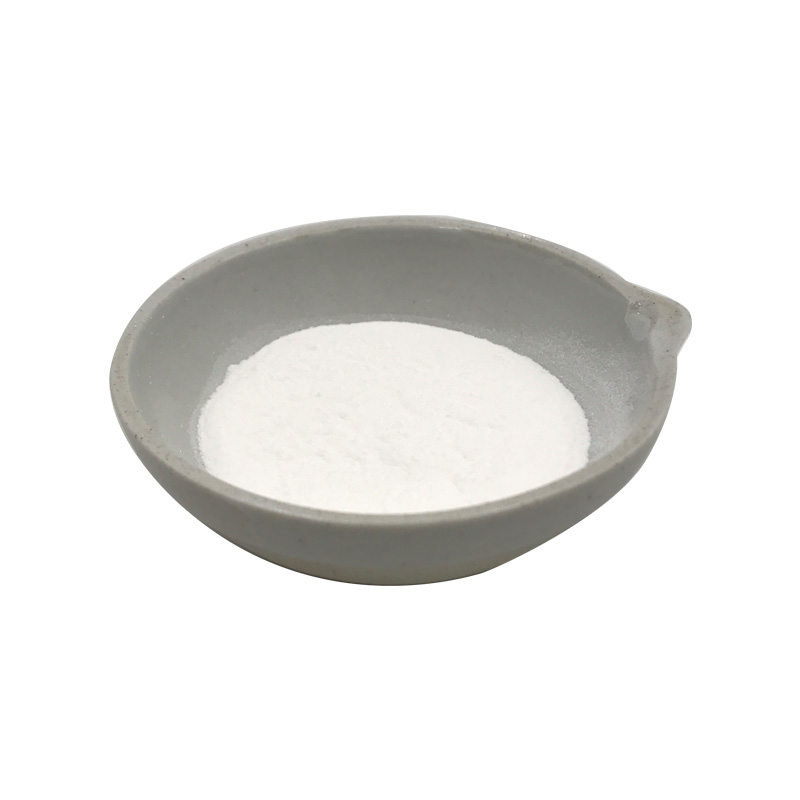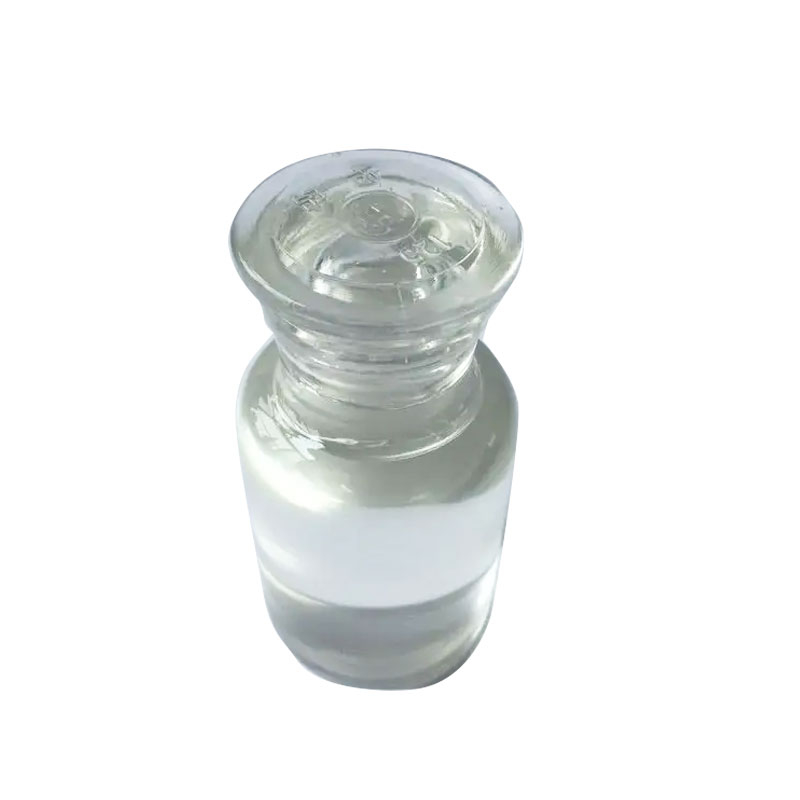Products Description of LANTHANUM ACETATECAS#917-70-4White powderLANTHANUM ACETATE Chemical Propertiesdensity 2.02[at 20℃]Water Solubility 100g/L at 20℃CAS DataBase Reference917-70-4(CAS DataBase Reference)EPA Substance Registry SystemLanthanum acetate (917-70-4)Factory and Equipment ShowFast delivery timeInventory 2-3 working days New production 7-10 working days
Contacter maintenant
Products Description of Cuprous bromide CAS#7787-70-4Cuprous bromide is white powder or cubic crystal, with a melting point of 498°C and a boiling point of 1345°C.
Contacter maintenant
Products Description of TITANIUM DIOXIDE CAS#1317-70-0The lattice structure of anatase is also tetragonal, but the lower packing fraction of the crystal lattice explains why anatase crystal exhibits both a lower hardness and refractive indices than rutile.Nevertheless, because the crystal lattice energies of the two phases are quite similar, anatase remains metastable over long periods of time despite being less thermodynamically stable. However, above 700°C, the irreversible and rapid monotropic conversion of anatase to rutile occurs.
Contacter maintenant
Products Description of Tetrabutylammonium Perchlorate CAS#1923-70-2Tetrabutylammonium perchlorate is used as a research compound, in medicine, and as an electrolyte in electrochemical gradeTetrabutylammonium perchlorate Chemical PropertiesMelting point 211-215 °Cdensity 1.0387 (rough estimate)refractive index 1.6800 (estimate)solubility acetonitrile: 0.1 g/mL, clear, colorlessform Crystalline Powdercolor WhiteWater Solubility Soluble in acetonitrile and ethanol.
Contacter maintenant
Products Description of Antioxidant 1330 CAS#1709-70-2Hindered phenol antioxidant 330 is a white crystalline powder with a melting point above 244°C. It is insoluble in water. Its solubility in some solutions at 18°C (g/100g solvent) is: benzene 20, dichloromethane 31.9, methylcyclohexane 1.7, methanol 0.2, isopropanol 0.1.
Contacter maintenant
Products Description of POLY(METHYLSILSESQUIOXANE) CAS#68554-70-1White powderPOLY(METHYLSILSESQUIOXANE) Chemical Propertiesdensity 1,08 g/cm3refractive index 1.42Fp >121°Csolubility Insoluble in water.form SolidSpecific Gravity1.08color Clear. White.EPA Substance Registry SystemSilsesquioxanes, Me (68554-70-1)Safety InformationRisk Statements 36/37/38Safety Statements 26-36/37/39TSCA YesFactory and Equipment ShowFast delivery timeInventory 2-3 working days New production 7-10 working days
Contacter maintenant
Products Description of Antioxidant 1330 CAS#1709-70-2Hindered phenol antioxidant 330 is a white crystal powder with a melting point above 244°C and is insoluble in water. The solubility (g/100g solvent) in certain solutions at 18°C is: benzene 20, methylene chloride 31.9, methylcyclohexane Alkane 1.7, methanol 0.2, isopropyl alcohol 0.1.
Contacter maintenant
Products Description of Glutathione CAS#70-18-8Glutathione is a tripeptide compound formed by glutamic acid, cysteine and glycine through peptide bond condensation. It is the most important low-molecular thiol for anti-oxidative stress in mammalian cells. It was discovered in 1921 and its chemical structure was determined in 1930. Dr. Al Mindell, a famous American nutrition and health expert, called glutathione a triple-effective anti-aging amino acid. It is also known as nature's antioxidant master. It has the appearance of colorless, transparent, elongated granular crystals.
Contacter maintenant
Products Description of Tetramethylguanidine CAS#80-70-6Tetramethylguanidine, referred to as TMG, is a strong organic base catalyst with a wide range of uses in industry.
Contacter maintenant
Products Description of Polydextrose CAS#68424-04-4Polydextrose is easily soluble in water, with a solubility of 70%. The pH value of a 10% aqueous solution is 2.5-7.0. It has no special taste and is a food component with health functions that can supplement the water-soluble dietary fiber required by the human body. After entering the human digestive system, polydextrose produces special physiological metabolic functions, thereby preventing and treating constipation and fat deposition.
Contacter maintenant
Products Description of Triallylamine CAS#102-70-5Triallylamine is an organic compound with the chemical formula C9H15N. It is mainly used as an extraction agent for uranium and rare metals. It can also be used to treat organic wastewater and produce petroleum products and quaternary ammonium compounds and their derivatives as additives and metal resists.
Contacter maintenant
Products Description of Pyridazin-3-Amine CAS#5469-70-5Pyridazine-3-amine appears as a white or off-white solid powder at room temperature and pressure. It is a commercial drug molecule and organic synthesis intermediate. It can be used as a molecular skeleton to participate in the synthesis of drug molecules and bioactive molecules.
Contacter maintenant
Products Description of 2,2'-[(1-Methylethylidene)bis[(dibromo-4,1-phenylene)oxymethylene]]bis[oxirane]-4,4'-(1-methylethylidene)bis[2,6-dibromophenol] copolymer CAS#68928-70-1Tetrabromobisphenol A-tetrabromobisphenol A glycidyl ether copolymer is widely used in flame retardant potting materials, flame retardant laminate adhesives, etc.
Contacter maintenant
Products Description of 4-Acryloylmorpholine CAS#5117-12-4N-Acryloylmorpholine is a chemical substance with the molecular formula C7H11NO2.4-Acryloylmorpholine Chemical PropertiesMelting point −35 °C(lit.)Boiling point 158°C 50mmdensity 1.122 g/mL at 25 °C(lit.)vapor pressure 1.03-1.64Pa at 25-29.9℃refractive index n20/D 1.512(lit.)Fp >230 °Fstorage temp. 2-8°Csolubility Soluble in waterpka-1.08±0.20(Predicted)form Liquidcolor Colorless to yellowWater Solubility 1000g/L at 20℃Sensitive Light Sensi
Contacter maintenant
Products Description of Imidazole CAS#288-32-4 Imidazole, with the molecular formula C3H4N2, is an organic compound, a type of diazole, and a five-membered aromatic heterocyclic compound containing two meta-nitrogen atoms in the molecular structure. The unshared electron pair of the 1-nitrogen atom in the imidazole ring participates in the cyclic conjugation, and the electron density of the nitrogen atom is reduced, making it easy for the hydrogen on this nitrogen atom to leave in the form of hydrogen ions.Imidazole is acidic and alkaline, and can form salts with strong bases.
Contacter maintenant
Products Description of 4-Chromanone CAS#491-37-2White crystals.
Contacter maintenant
Products Description of 4-Aminoisoquinoline CAS#23687-25-44-Aminoisoquinoline is a white powdery crystal.CAS No.
Contacter maintenant
Products Description of POLYGLYCERYL-4 LAURATE CAS#75798-42-4Colorless liquidFactory and Equipment ShowFast delivery timeInventory 2-3 working days New production 7-10 working days
Contacter maintenant
3,6-Dichloro-4-methylpyridazine CAS#19064-64-33,6-Dichloro-4-methylpyridazine Chemical PropertiesMelting point 86-88 °C (lit.)Boiling point 149-151 °C/21 mmHg (lit.)density 1.5462 (rough estimate)refractive index 1.6300 (estimate)Fp 149-151°C/21mmstorage temp. Keep in dark place,Sealed in dry,Room Temperaturesolubility Methanol[soluble in]solubility soluble in Methanolform Crystalline Powderpka-0.56±0.10(Predicted)color BrownBRN 119573InChIKeyROYHWGZNGMXQEU-UHFFFAOYSA-NCAS DataBase Reference19064-64-3(CAS DataBase Reference)NIST Chem
Contacter maintenant
Products Description of 4-Acetylpyridine CAS#1122-54-94-Acetylpyridine is an organic compound with the molecular formula C7H7NO.4-Acetylpyridine Chemical PropertiesMelting point 13-16 °C(lit.)Boiling point 212 °C(lit.)density 1.095 g/mL at 25 °C(lit.)refractive index n20/D 1.529(lit.)Fp >230 °Fstorage temp. Inert atmosphere,Room Temperaturesolubility Chloroform, Ethyl Acetateform LiquidpkapK1: 3.505(+1) (25°C)Specific Gravity1.110 (20/4℃)color brown-yellowishWater Solubility insolubleBRN 107629InC
Contacter maintenant
Products Description of Tetrahydro-4-pyranol CAS#2081-44-9Tetrahydropyran-4-ol is a colorless transparent liquid at room temperature and pressure. It has good polarity and hydrophilicity and can be used as a solvent in organic synthesis. The structure of tetrahydropyran-4-ol contains a tetrahydropyran unit and an active hydroxyl structure, and has high chemical reactivity and diverse chemical conversion properties. The tetrahydropyran-4-ol molecule contains a hydroxyl structure, so it has a certain polarity.
Contacter maintenant
Products Description of 4-Dimethylaminopyridine CAS#1122-58-34-dimethylaminopyridine, commonly referred to as DMAP, is a strong nucleophilic acylation catalyst. The resonance of the electron-donating dimethylamino group with the parent ring (pyridine ring) can strongly activate the nitrogen atoms on the ring for nucleophilic substitution, and significantly catalyze the acylation/esterification of alcohols and amines/acids with high resistance and low reactivity, with the activity of about 104~106 times that of pyridine.
Contacter maintenant
Products Description of Diantimony trioxide CAS#1309-64-4 Antimony trioxide is an inorganic compound with the chemical formula Sb2O3. The natural product is called antimony white, commonly known as antimony white. It is a white crystalline powder with a melting point of 655℃ and a boiling point of 1550℃. It is soluble in concentrated hydrochloric acid, sulfuric acid, alkaline solution and hot tartaric acid solution, slightly soluble in water, dilute nitric acid and dilute sulfuric acid.
Contacter maintenant
Products Description of 4-Chloromethyl styrene CAS#1592-20-74-Vinylbenzyl chloride is an organic compound with the formula ClCH2C6H4CH=CH2. It is a bifunctional molecule, featuring both vinyl and a benzylic chloride functional groups. It is a colorless liquid that is typically stored with a stabilizer to suppress polymerization.In combination with styrene, vinylbenzyl chloride is used as a comonomer in the production of chloromethylated polystyrene. It is produced by the chlorination of vinyltoluene.
Contacter maintenant














![2,2'-[(1-Methylethylidene)bis[(dibromo-4,1-phenylene)oxymethylene]]bis[oxirane]-4,4'-(1-methylethylidene)bis[2,6-dibromophenol] copolymer CAS#68928-70-1](https://sdluxicdn.huazhi.cloud/cdn/ff/4aHmJfFwYpEABMbnR7HTG1yocAzE1PHApY-zrZ-DCjo/1717752361/public/styles/chanpinzhutu/public/2024-06/%E6%97%A0%E8%89%B2%E6%B6%B2%E4%BD%93%20%283%29%20-%20%E5%89%AF%E6%9C%AC_5.jpg?itok=G1rPjRBd)



















